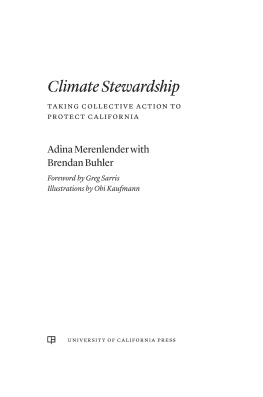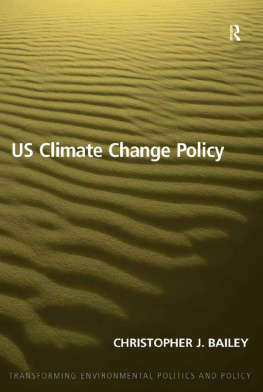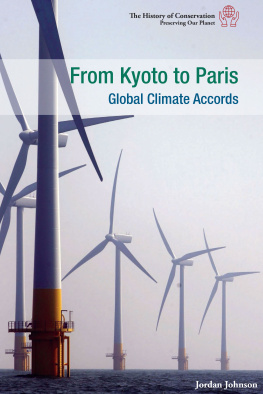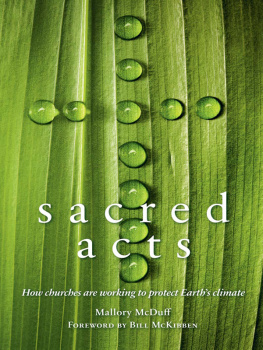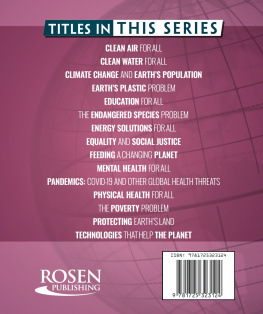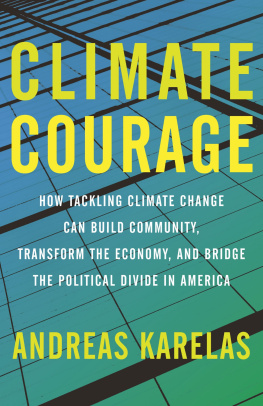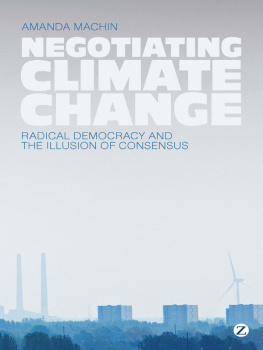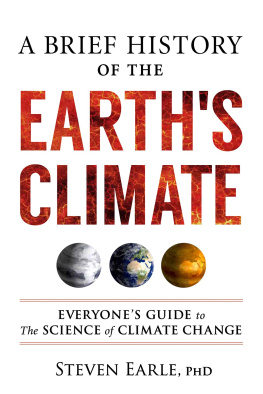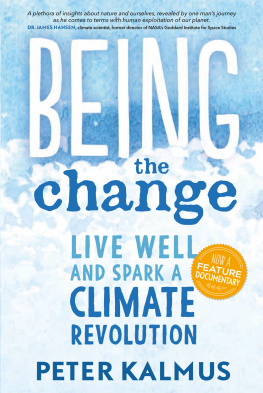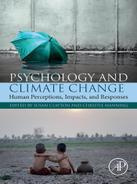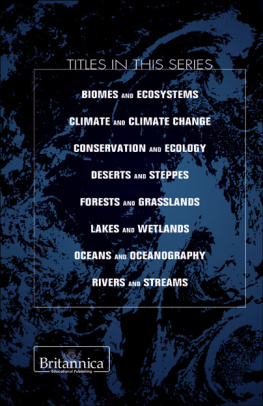Adina Merenlender - Climate Stewardship: Taking Collective Action to Protect California
Here you can read online Adina Merenlender - Climate Stewardship: Taking Collective Action to Protect California full text of the book (entire story) in english for free. Download pdf and epub, get meaning, cover and reviews about this ebook. year: 2021, publisher: University of California Press, genre: Home and family. Description of the work, (preface) as well as reviews are available. Best literature library LitArk.com created for fans of good reading and offers a wide selection of genres:
Romance novel
Science fiction
Adventure
Detective
Science
History
Home and family
Prose
Art
Politics
Computer
Non-fiction
Religion
Business
Children
Humor
Choose a favorite category and find really read worthwhile books. Enjoy immersion in the world of imagination, feel the emotions of the characters or learn something new for yourself, make an fascinating discovery.
- Book:Climate Stewardship: Taking Collective Action to Protect California
- Author:
- Publisher:University of California Press
- Genre:
- Year:2021
- Rating:5 / 5
- Favourites:Add to favourites
- Your mark:
Climate Stewardship: Taking Collective Action to Protect California: summary, description and annotation
We offer to read an annotation, description, summary or preface (depends on what the author of the book "Climate Stewardship: Taking Collective Action to Protect California" wrote himself). If you haven't found the necessary information about the book — write in the comments, we will try to find it.
Though climate change is a global existential threat, we cannot wait for nation-states to solve the problem when there are actions we can take now to protect our own communities. In Climate Stewardship:Taking Collective Action to Protect California, readers are invited on a journey to discover that all life is interconnected and shaped by climate and to learn how communities can help tackle climate change.
Climate Stewardship shares stories from everyday people and shows how their actions enhance the resilience of communities and ecosystems across ten distinct bioregions. Climate science that justifies these actions is woven throughout, making it easy to learn about Earths complex systems. The authors interpret and communicate these stories in a way that is enjoyable, inspiring, and even amusing.
California is uniquely positioned to develop and implement novel solutions to widespread climate challenges, owing to the states remarkable biogeographic diversity and robust public science programs. Produced in collaboration with the UC California Naturalist Program, Climate Stewardship focuses on regenerative approaches to energy, agriculture, and land and water use across forested, agricultural, and urban landscapes. The authors hopeful and encouraging tone aims to help readers develop a sense that they, too, can act now to make meaningful change in their communities.
Adina Merenlender: author's other books
Who wrote Climate Stewardship: Taking Collective Action to Protect California? Find out the surname, the name of the author of the book and a list of all author's works by series.

